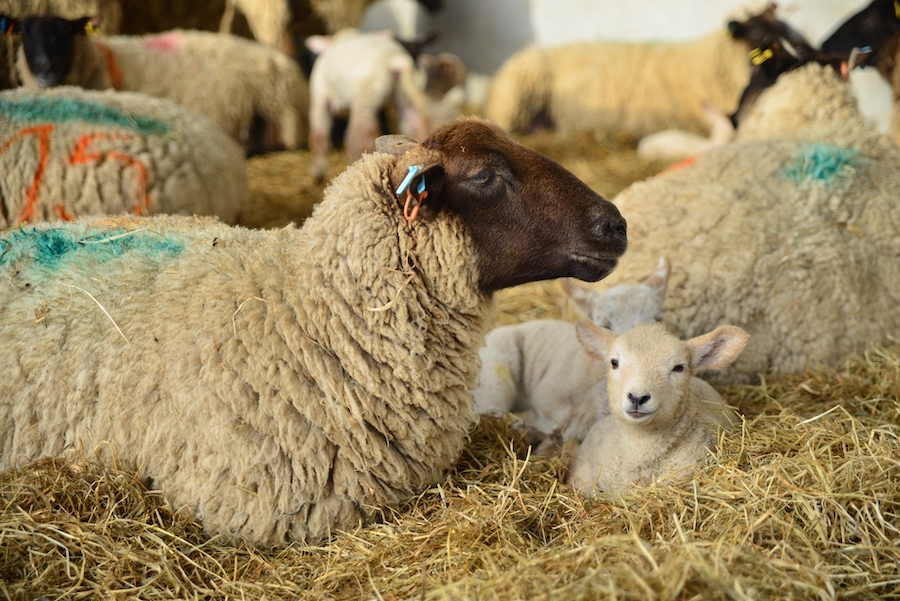Q&A: What you need to know about Schmallenberg this season
15th February 2024
With numerous reports of Schmallenberg appearing in early lambing flocks this season, Farmers Guide spoke to Georgina Rigby, farm vet from Cross Counties Farm Vets – part of the VetPartners group. Mrs Rigby chairs the VetPartners Sheep Clinical Interest Group and runs the Cross Counties Flock Health Club. She also has a small flock of sheep at home.

Have you seen an unusually high level of Schmallenberg in early lambing flocks so far this season?
Yes. I didn’t see any cases of Schmallenberg last year, and only a couple of cases the year before. This year we have seen lots already. Our earliest lambers seem to have been affected at the end of their lambing, and those just starting are seeing cases now too. In some parts of the country the situation has been much worse. We are seeing a mix of deformities, with some litters having one or more seemingly unaffected lambs, along with lambs that have deformities. Some of the affected lambs are born alive and need euthanising, others are born dead.
How is this affecting your farming clients?
Lambing is a high pressure time of year as it is, without the added worry of Schmallenberg. For some it’s the anticipation of what’s to come having heard news of cases on neighbouring farms, for others it’s the heartache of having to deal with increased mortalities, or having to euthanise deformed lambs. The economic effects of poorer scanning results and fewer live lambs will be felt later in the year which obviously has a big impact on farming businesses.
Is climate change to blame?
Since Schmallenberg is spread by infected midges, climate and therefore climate change undoubtedly has an effect. A mild wet autumn/winter last year will have allowed midge survival later in the year, meaning ewes could be bitten and infected during the critical window in pregnancy.
At the moment, it is thought that Schmallenberg is now endemic in our midge populations, whereas previously infection occurred when infected midges were blown here from abroad. This means future outbreaks are less dependent on the weather and infection levels overseas, meaning outbreaks here are more likely.
We currently seem to see the worst outbreaks of SBV in three-to-five-year cycles. This is partly due to weather conditions, but also due to waning immunity in the national sheep flock, meaning there is a greater number of susceptible sheep every three-to-five years.
What advice would you give to farmers?
Testing is really important. The APHA are currently offering free Schmallenberg testing on brain samples from affected lambs, or blood samples from ewes to look for exposure to the virus. It’s really important that we continue testing even if it seems ‘obvious’ that’s its SBV to ensure we are assuming the correct diagnosis, and not missing something like bluetongue, or a novel disease, and to help us build a picture of the national situation.
If you think you have signs of bluetongue, or any other notifiable diseases on your farm, you should contact your vet immediately.
Ruminant Health and Welfare has a web page dedicated to updates and information including farmer FAQs for BTV3, please visit: https://ruminanthw.org.uk/bluetongue-virus/
Read more livestock articles here.


